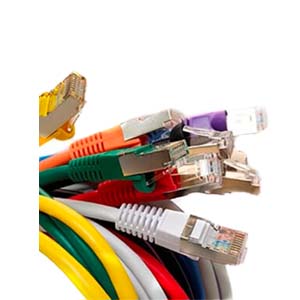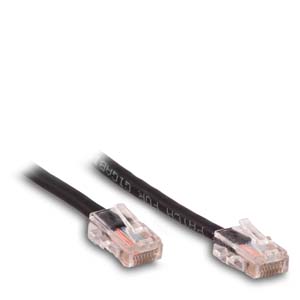Cables Blog
3 Cables to Check When Troubleshooting Your Home Theater System
Three Cables to Check When Troubleshooting Your Home Theater System Troubleshooting a home-theater system is checking why one speaker or several do not work. Many of us have been in positions where they have placed all the speakers at the right places, connected all the cables meticulously and switched on every piece of the equipment and after doing all that, you switch on the play button, and no sound comes from the speakers.
by Vikas Dayal • May 16, 2017
Three Cables to Check When Troubleshooting Your Home Theater System
Troubleshooting a home-theater system is checking why one speaker or several do not work. Many of us have been in positions where they have placed all the speakers at the right places, connected all the cables meticulously and switched on every piece of the equipment and after doing all that, you switch on the play button, and no sound comes from the speakers. That is not just one of the most frustrating situations, but it annoys terribly as well. However, it is important not to throw the remote out because of the anger. You can easily troubleshoot your home-theater.
Troubleshooting your home-theater system is not hard at all. The process begins by isolating the problem and going methodically through each of the components so as to get to the cause. The whole process might seem intimidating in the beginning, but when approached with the right attitude, it can prove to be very easy and fulfilling. In fact, quite often than not, it proves very easily that it is one of the simplest things you will ever do. In many cases, you might find yourself chuckling as to why the system stopped working once you have discovered where the mistake was.
In this article, we are going to look at the crucial steps that you will need to go through if your home-theater has stopped functioning. Before connecting or disconnecting the cables, always remember to turn off your system. Having checked every step to ensure that you have done the correct application, you can then proceed to turn on the power. It is also important to leave the volume down to avoid instances where the speakers blast and leave your ears in pain. Here is what you are required to do.
- Check the power
This might seem like a no-brainer, but you will be surprised that during many instances that electronics do not work, electricity is the cause. First of all, check that all plugs are connected firmly in their respective sockets. Many times, a plug can slip away and fail to draw power to provide sound.
Make sure that you also double check all wall switches to make sure they are on. Also, confirm that all units in the system are turned on. If something fails to turn on, test it with another socket or outlet, and if it still fails to turn on, then you know that that particular equipment may require replacement. The power cable is one of the three important cables that you should carefully check when doing a troubleshooting exercise.
- Check the speaker cables as well as source selection
Many home-theatre receivers have two speakers and switches to enable them to connect any extra speakers. It is important to make sure that the right ones are enabled and to make sure that they are connected to only the correct source. Many people overlook this, but it just needs an accidental press on either the remote or the remote to mess things up.
- Check the speaker wires
These wires are also very integral when troubleshooting. Do a thorough inspection of the wires to make sure that in the right sources and that they are working properly.
- Check the source components
Test your components on another separate system to make sure that they work. If the system works with other components and fails to work with others, then it might have a problem with the source connection. Make sure that you check the component connection cables as well. They are important
- Check the receiver
If all the above steps fail to work, it is highly likely that your system has a problem that is isolated to the receiver part. Connect another receiver to the system and if it does not work, contact the manufacturer for further advice related to replacement or repairs.










